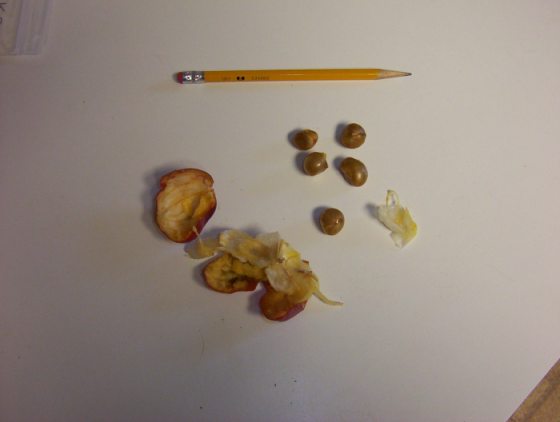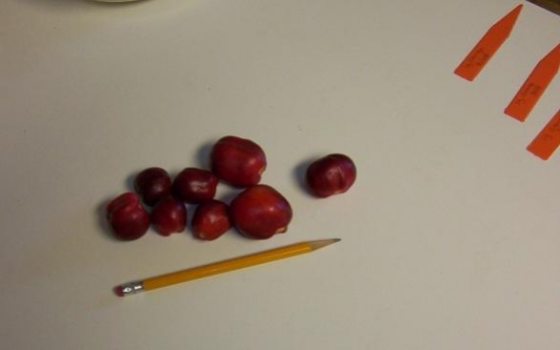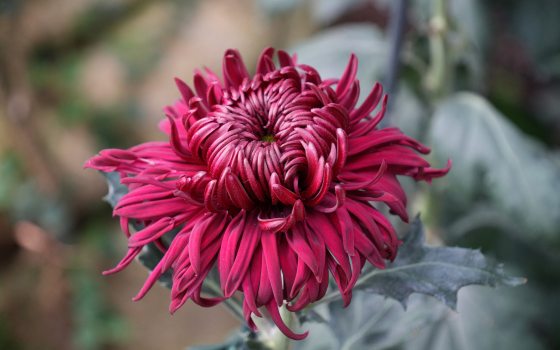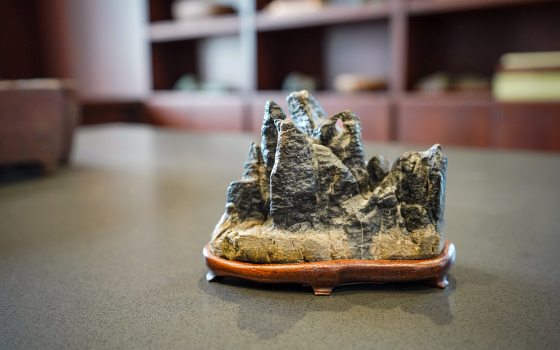The stigma is the tube that protrudes from the center of the flower with three short branches on the end. If pollination is successful, the ovary at the base of the petals will begin to swell and produce a berry. If pollination is not successful, the ovary will not grow and eventually fall off of the flower stem. It will take up to a year for the berry to ripen. Harvest the berries when they are ripe. Make sure the berry is in color and soft, like a peach, or crackles when you squeeze it. If it exhibits these traits, it is then ripe and ready for harvest. Peel open the berry with your fingernail to reveal the seeds inside. The seeds remind me of pearls. I always have a moist paper towel handy to wipe my hands when I do this as the berry juice can be a bit sticky. Sometimes the seeds have a thin coating of flesh on the outside that peels off easily.
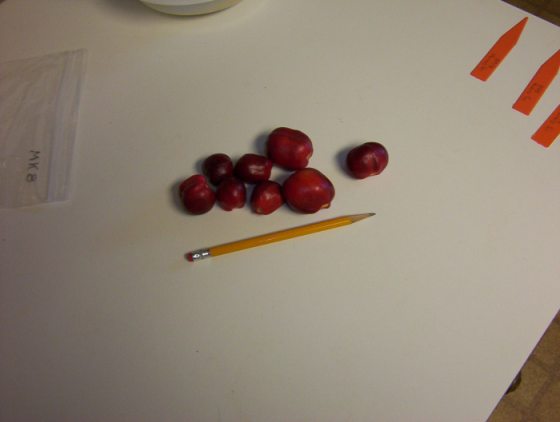
The seeds should not be allowed to dry out, or they may not germinate. Some books suggest soaking the seeds in water overnight. I have not done this, and I do get good germination. If you have time, you may try soaking them. I do drop my seeds in a dilute detergent solution, swirl them around, and rinse them off. This removes any contaminants that may lead to disease. Plant the seeds immediately after rinsing. Here at Longwood, I germinate the seeds in boxes designed for tissue culture in a growth chamber. I realize not everyone has access to these resources. At home, I plant the seeds in pots in a peat-based media and cover the top of the pot with saran wrap. Plant the seed so that half of it is exposed. There is a brown/burnt-looking spot on the seeds. The root emerges from the opposite end of the brown spot. Germinate the seeds at 70 degrees F. Some people germinate the seeds in Tupperware with moist vermiculite lining the bottom of the container. They then plant the germinated seeds in pots. You should see a root emerge in about a month. Later a leaf will form. If you have planted the seed in a container, the root may lift the seed out of the soil. Drill a hole and stick it back it. The roots don’t seem to have a good sense of orientation and will grow every which way. They often need your help. Good Luck!
